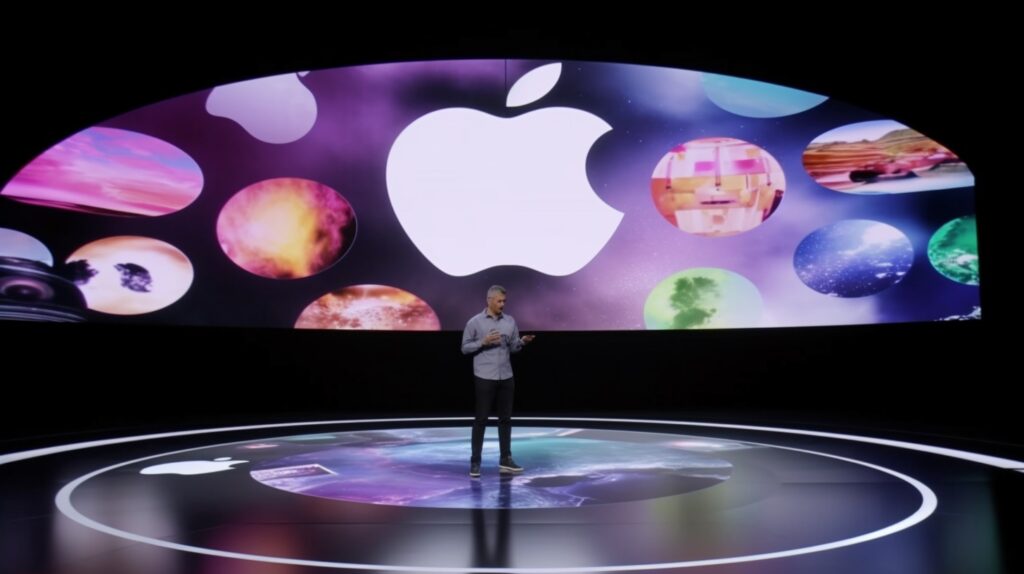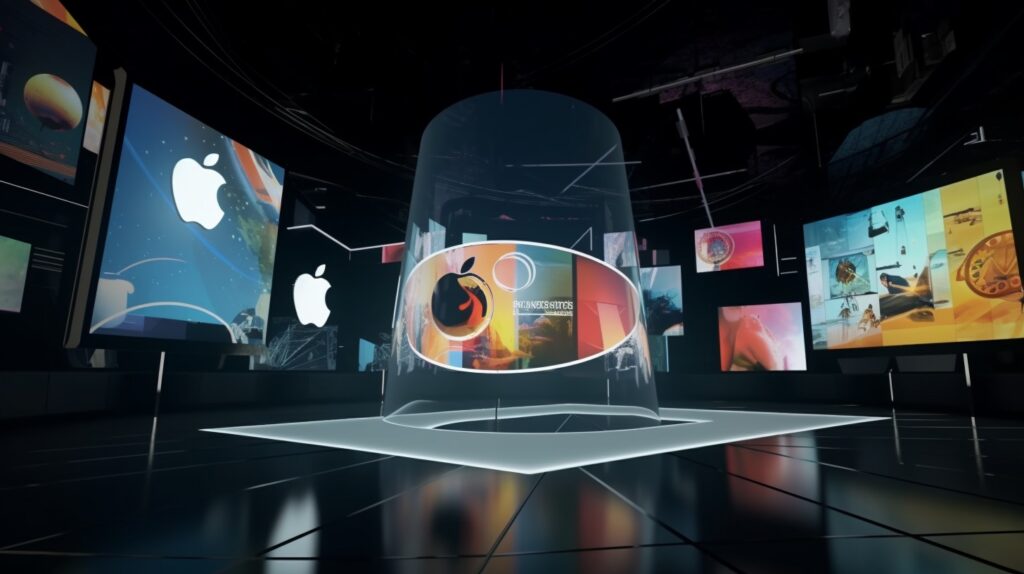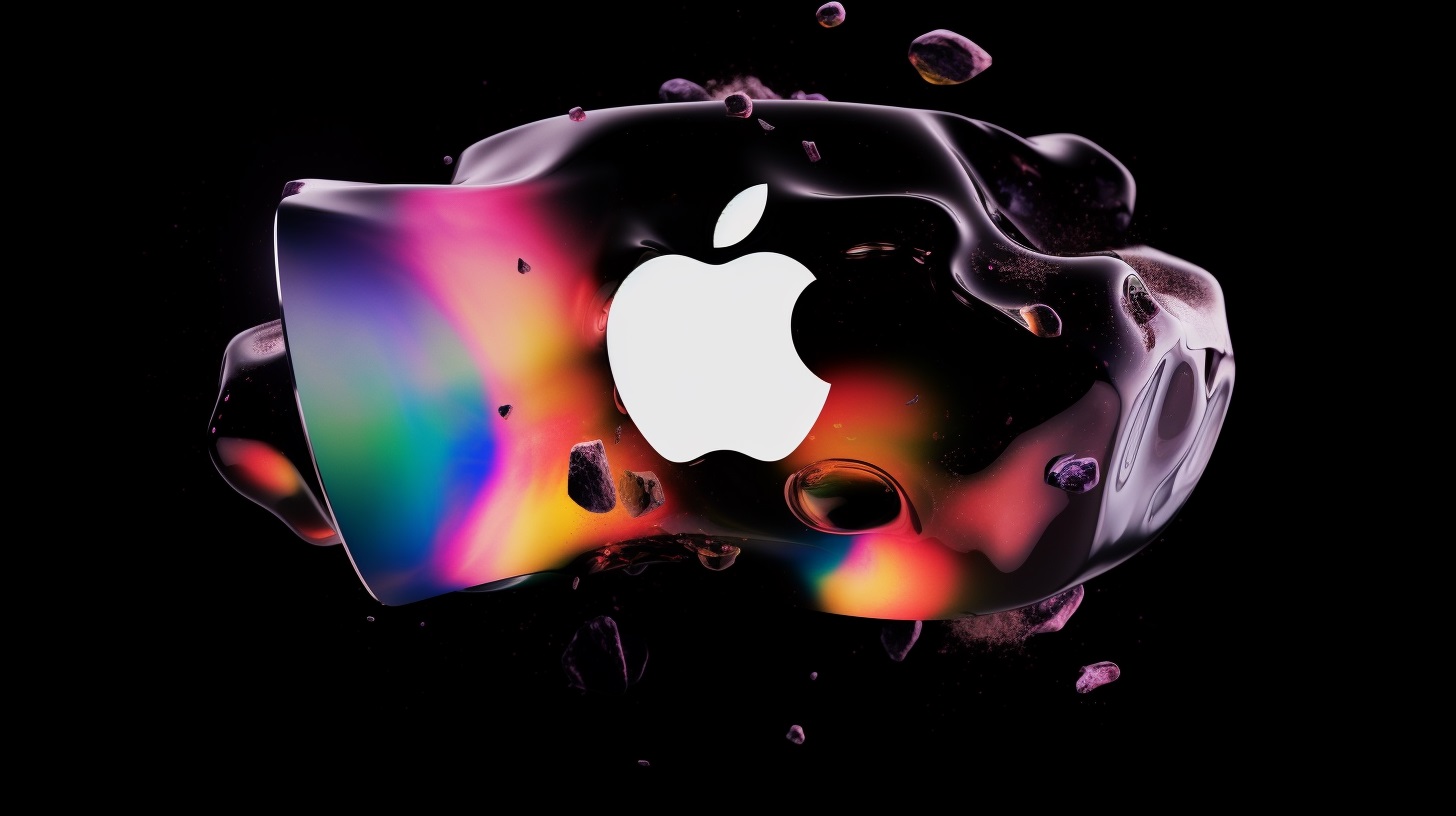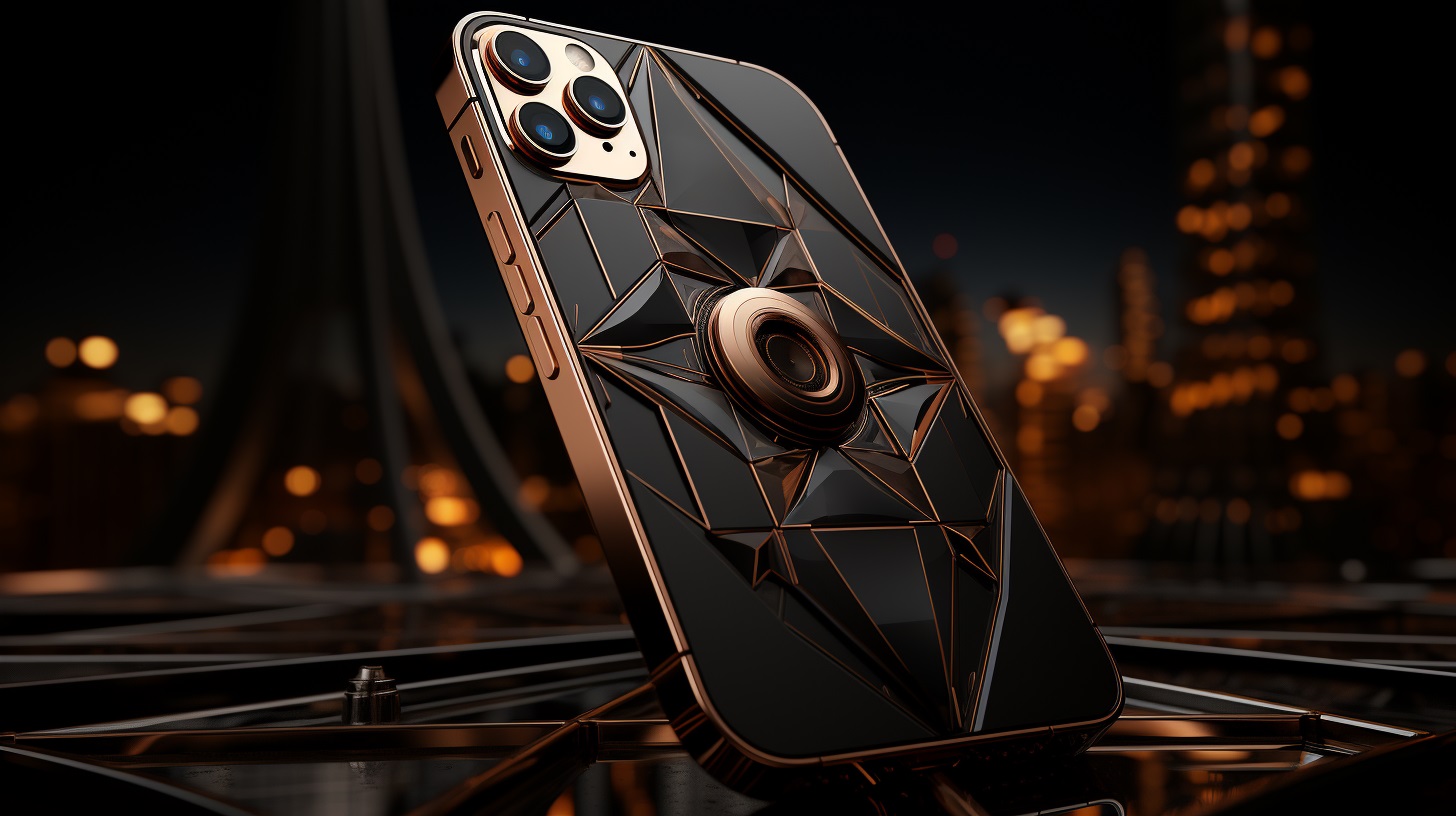Introduction
In recent years, the concept of the metaverse has captured the attention of tech giants and industry leaders alike. While interest in this futuristic digital world has waned, Apple is stepping up to take its place in the metaverse revolution. With the upcoming release of its virtual reality (VR) hardware product, Apple aims to reshape the way we perceive and interact with the digital and physical worlds. This article explores Apple’s foray into the metaverse, its potential impact, and the challenges it faces.
The Metaverse Landscape
- Mark Zuckerberg’s Metaverse Vision [3] Mark Zuckerberg’s initial enthusiasm for the metaverse sparked a wave of interest in creating a virtual reality environment. However, this vision has somewhat faded due to the increasing hype around artificial intelligence (AI). Despite this shift in focus, Zuckerberg maintains that Meta (formerly Facebook) remains committed to building the metaverse.
- Apple’s Metaverse Tease [2] Apple has long been known for its innovation in the technology space, and it has now set its sights on the metaverse. CEO Tim Cook hinted at Apple’s metaverse ambitions, emphasizing the potential of augmented reality (AR) and the company’s ongoing investment in this field. Reports suggest that Apple is planning to introduce an AR headset in the near future, with further developments to follow.

Apple’s Leap into the Metaverse
Apple’s entry into the metaverse comes at a time when interest in this digital realm has waned. However, the tech giant aims to revitalize the concept and capture consumers’ attention with its VR hardware product. Here’s what you need to know:
- Debut of Apple’s Virtual Reality Hardware [1] Apple’s Worldwide Developers Conference is the anticipated platform for the company’s unveiling of its virtual reality hardware product. The high-tech goggles promise to provide a blended experience of the digital and physical worlds. Apple aims to outshine competitors like Meta by offering mixed reality products that cater to consumers’ desires for a more immersive experience.
- Mainstream Appeal and Market Competition Apple is banking on its ability to ignite mainstream interest in virtual reality, setting itself apart from companies that have struggled in this space. While Meta’s high-end Quest Pro headsets have not achieved significant sales, Apple aims to win over consumers with its superior mixed reality offerings.
Potential and Challenges
While Apple’s entry into the metaverse holds promise, it also faces several challenges:
- Shifting Trends and Investor Interest The metaverse has faced a decline in interest, with investors redirecting their attention towards emerging trends like artificial intelligence. Apple must navigate these shifting dynamics to ensure its metaverse endeavors resonate with consumers and investors alike.
- Competition and Consumer Adoption Apple faces competition from established players like Meta, as well as emerging companies entering the metaverse landscape. Convincing consumers to embrace virtual reality on a widespread scale will be crucial for Apple’s success.

Conclusion
Apple’s entry into the metaverse has the potential to reinvigorate interest in virtual reality and reshape the way we interact with digital environments. By debuting its VR hardware product, Apple aims to offer mixed reality experiences that capture consumers’ imaginations. However, the company must overcome challenges related to shifting trends, competition, and widespread adoption. The future of the metaverse remains uncertain, but Apple’s involvement undoubtedly adds excitement to this evolving digital landscape.
Remember, the metaverse is a dynamic concept, and its development will continue to evolve as technology progresses. Stay tuned for updates and further innovations in this exciting space.

















